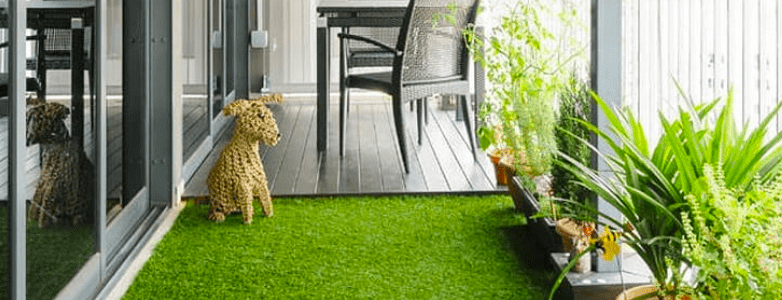The maintenance of artificial turf is less arduous than that of a real grass lawn. While vacuuming is an effective way to keep it free of debris, it will only do a partial job. Instead, use a rake or broom to remove debris. You should also brush against the grain of the turf in order to stabilize the fibers. Here are some tips for maintaining your fake grass lawn. Once a week, clean your grass thoroughly and apply a protective coating.
Because artificial turf is hotter than natural grass, it is recommended to hydrate before, during, and after a game. Look for the signs of heat exhaustion, including cold sweat, clammy palms, pale skin, and a fainting spell. Compared to natural grass, artificial turf has no significant differences in terms of injury prevention, but recent studies suggest that the artificial version may pose a higher risk for lower-limb injuries than natural grass.
Before installing your artificial turf, make sure the area is level and clean. If you don’t know how to do it, hire a professional installer. Before you start, gather your materials, such as a scalpel, high-quality tape, outdoor glue, and scissors. Make sure you follow all installation instructions carefully. Once you have your materials, you can begin installing your new artificial turf. It will take at least two days for the entire installation process.
Another advantage of artificial turf is its long-lasting use. Compared to natural grass, it does not require watering or maintenance. The lifespan of synthetic turf varies from product to product. Some companies claim a lifespan of 15-20 years, while critics suggest that it lasts only eight years. However, the Arizona sun has a damaging effect on plastic and rubber, so life expectancy estimates must take this into account. Proper maintenance and care can extend artificial turf’s life.
While many studies have concluded that artificial turf fields do not pose acute health risks, many researchers still question whether they are safe. In 2006, a Norwegian study assessed the effects of crumb rubber on humans exposed to artificial turf. The study identified a large concentration of lead in a single sample. This means that the material could release lead when it weathers and potentially harm children, especially young children. To date, no evidence has been provided to prove that artificial turf is harmful, but a comprehensive health risk assessment of the product is needed before its use becomes widespread.
Installers of artificial turf claim that the installation will pay for itself in three to five years. They point out that synthetic turf requires much less maintenance than natural grass. Unlike natural grass, artificial turf does not require regular watering or seeding. It is also far cheaper in the long run. Therefore, there is no reason to hesitate to install an artificial turf yard. The benefits outweigh the disadvantages. It is also an environmentally friendly choice, since it reduces emissions by eliminating the need to purchase gas machines.
